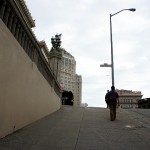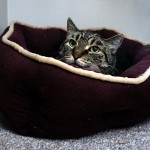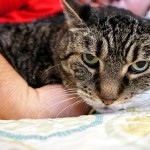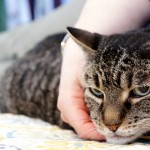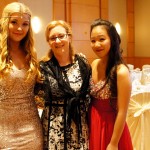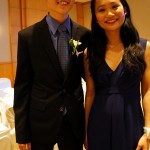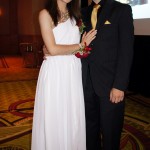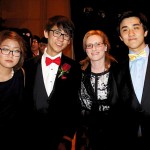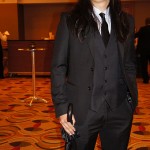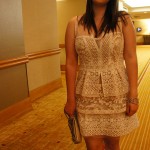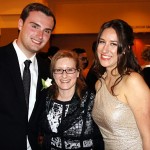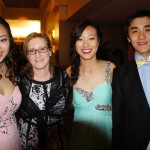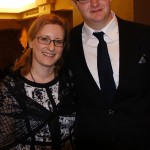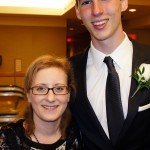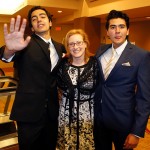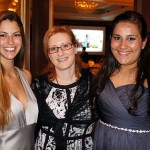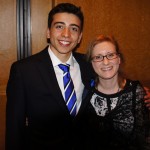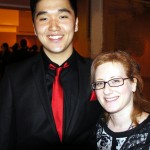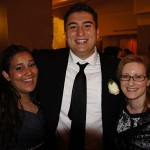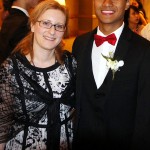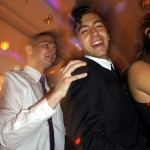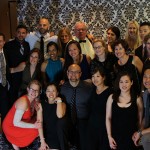Documentaries – the Good and the Bad
As I say to my students, just because it’s on the Internet, it doesn’t mean it’s reliable. It seems Netflix needs to learn this lesson. Just because a documentary is on Netflix that doesn’t make it good.
A few weeks ago Val and I watched “Fracknation”, one of Netflix’s many documentary offerings. It even recommended it to us because we had watched other seemingly similar docs; how kind. I am wary of this feature now because it turns out that it’s more of a propaganda piece than an even-handed documentary. The journalist involved says he is a freelancer. I say he is a cad. His (that is Phelim McAleer) whole premise is that he wants to challenge the assertions of another documentary, Gasland, winner of an Academy Award in 2011, that fracking is environmentally unfriendly and dangerous. According to McAleer Gasland is full of factual inaccuracies. Certainly he proves some of them in his interviews with some of the weird subjects that Fox relied on in Gasland. However, he goes overboard and makes assumptions such as if we in the west reject fracking as an energy supply we will be enabling Vladimir Putin of Russia to rule our lives. Hmm.
With just a little bit of research it is possible to discover that Phelim has a strong anti-environmentalism bias. It also feels like he’s being paid by the fracking industry, though he says he’s not. He says that over and over.
I’m not saying Gasland is all true and Fracknation is all false. I wouldn’t trust either one as my ONLY source of information. I wouldn’t trust anything as my only source of information. That’s the problem living in the digital age; it’s so easy to get just a little bit of information about everything. Gasland II is now being promoted by HBO. I’m not going to see it.
On the other hand, I watched many good documentaries this summer on Netflix, most of them by American film maker Ken Burns whose works often premiere on PBS. Countless hours were spent in front of my tv viewing his offerings from The Dust Bowl and Prohibition to Jazz, a mega-million hour series about the social history of jazz and its players and promoters. By good I mean well researched, even-handedly produced, and having a viewpoint supported by evidence, including interviews and documents. I sometimes have problems with Ken Burns’ documentaries in that they can be a bit maudlin, such as The Civil War, or a bit one-sided. These ones were not, generally.
In the near future I assume Burns’s latest, The Roosevelts – Teddy, Franklin and Eleanor – will come to Netflix. It is his best work yet, primarily because it is not afraid to criticize all three of the larger-than-life figures it portrays and mostly celebrates. Yes, Teddy Roosevelt was a big character, but he was also incredibly bombastic and oddly hypocritical. Franklin was the longest serving president ever and ably led the country into and through World War Two, however, he was, in some respects, a selfish person who was repeatedly unfaithful to his wife. Eleanor, my favourite character in the series, was an incredibly devoted servant of the state, particularly toward those most dispossessed by the state, yet she was a highly needy individual who couldn’t be alone and put up with her husband’s misbehaviours.
Honesty is a complicated thing. Sometimes it can’t be conveyed in a neat little package one hour long. Sometimes it needs eight hours. Those of us who have the patience for it are rewarded.







